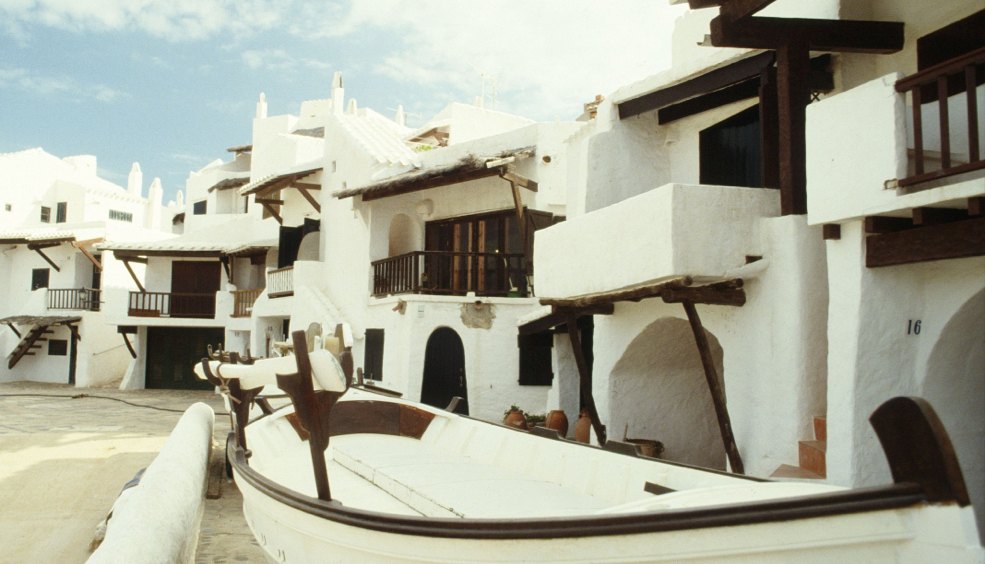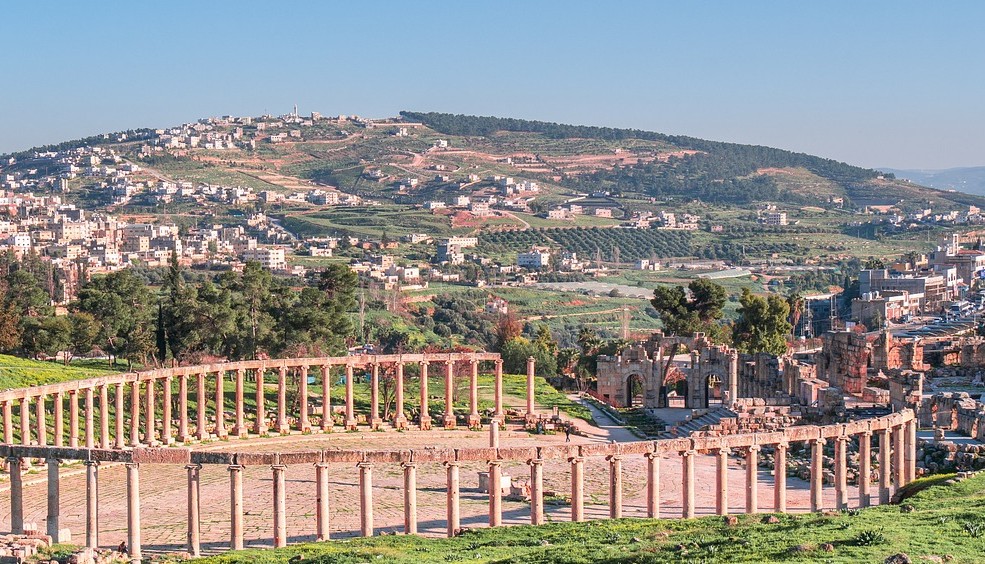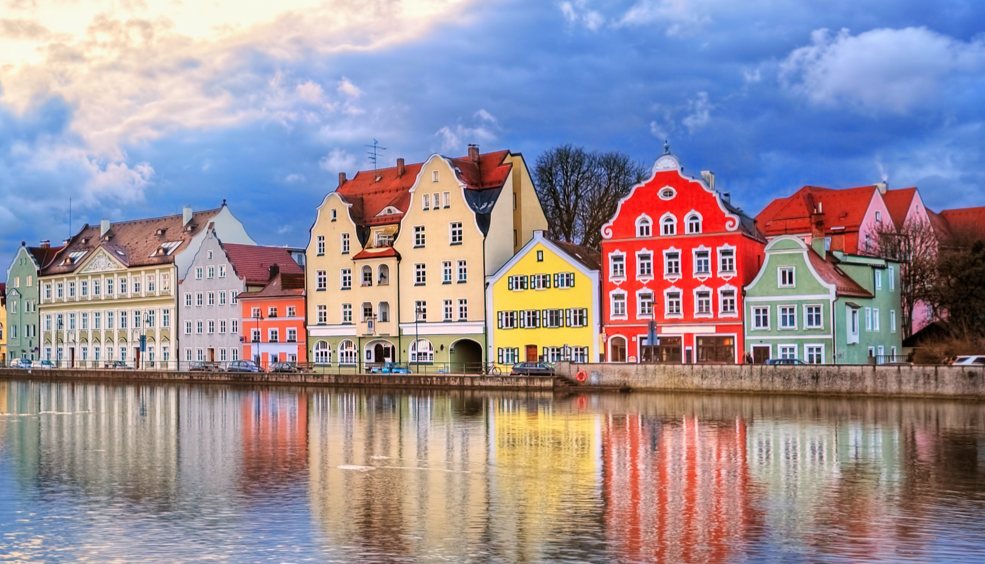So much more than beaches: culture and cuisine in Menorca
There’s so much more to Menorca than just idyllic beaches, fishing villages and charming paths by the sea. The island offers amazing food and a busy cultural programme throughout the year.
more info10 reasons not to miss Asturias
The sea, nature, fishing villages, cities full of monuments, nightlife, valleys and mountains. There are so many reasons to visit Asturias that we have struggled to pick just ten.
more info5 top destinations this summer (2023)
If you're still undecided about where to go this summer, we're about to make it easy for you. We have prepared a few ideas, both popular and less well known, that will get people talking this year.
more infoFIVE OFFBEAT WEEKEND DESTINATIONS (FOR SOMETHING DIFFERENT)
Looking for a different kind of destination to get away? Keen to discover somewhere new? Pack your bag and head to these cities which you've probably never visited.
more info




